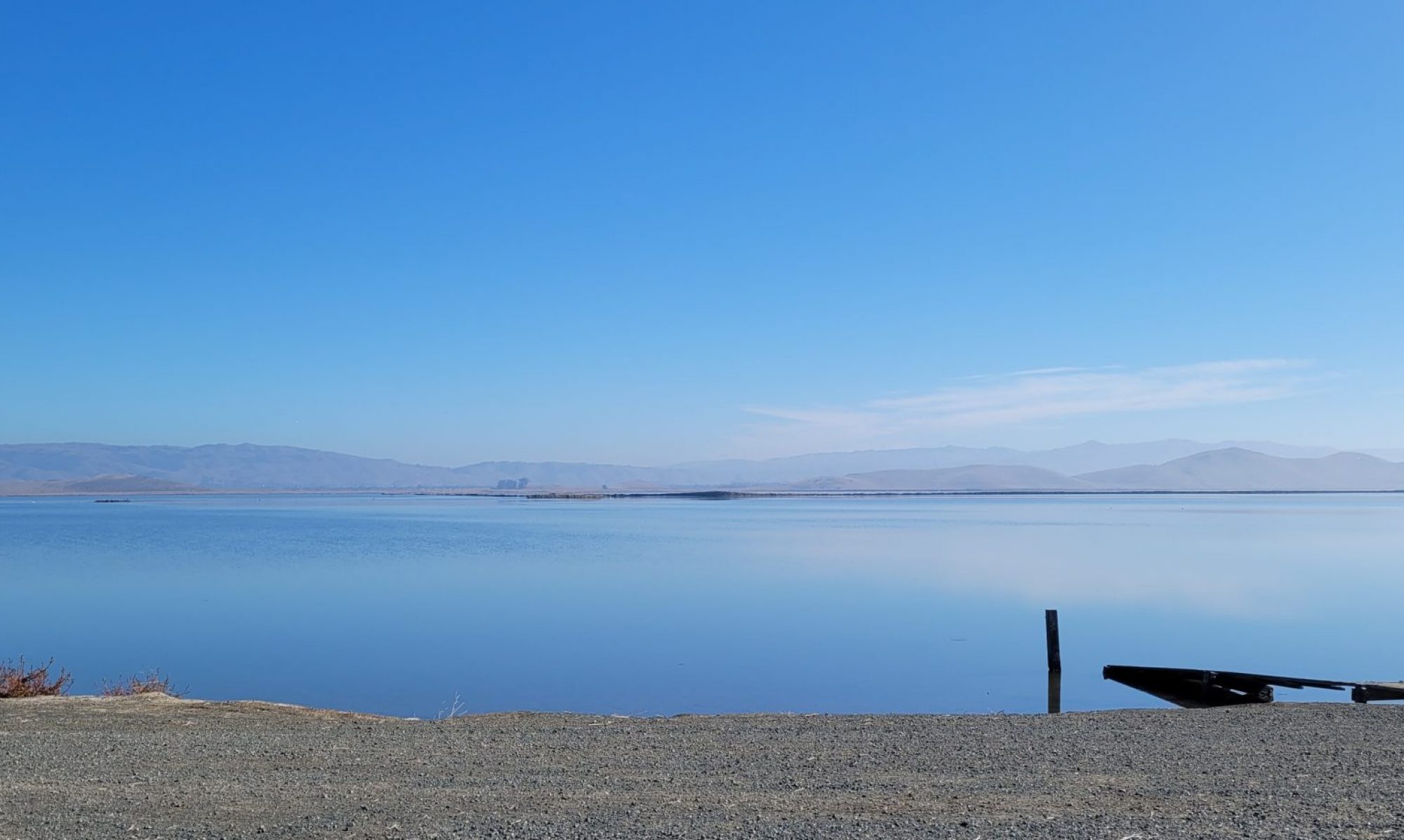
“We don’t fly to Hamburg,” the woman with the fancy-schmancy cruise service told me. “It’s not a tourist destination. For an extra fee…”
I disagree. Not with the fee, though I didn’t like to pay it, but of course I did because I wanted to go visit my son in his temporary home, Hamburg. What I disagree with is the disdain for the touristability of Hamburg. This city has a lot to see, do, and–most especially–eat. It may not quite be a tiny, picturesque village, but what it lacks in castles, it makes up for in Franzbrötchen. Plenty of cathedrals. Views to die for. Bakeries up the wazoo. Places for children and places with no children allowed. Herein, I will make the case for Hamburg. The post’s a bit long, but at the end of my travels, so think of it as a summary of all things German.
Keep Your Apple Store, We’ve Got A Particle Accelerator
First of all, Hamburg has world class scientific facilities. Not in a giant megalith concrete building like in Thunderbolts or The Incredibles. This one’s in an office park, lined with lovely trees and walkable, rather than the car-park laden Silicon Valley offices, famous for refrigerators stocked with free Red Bull, bouncy ball pits, and 20-year-old millionaires.




